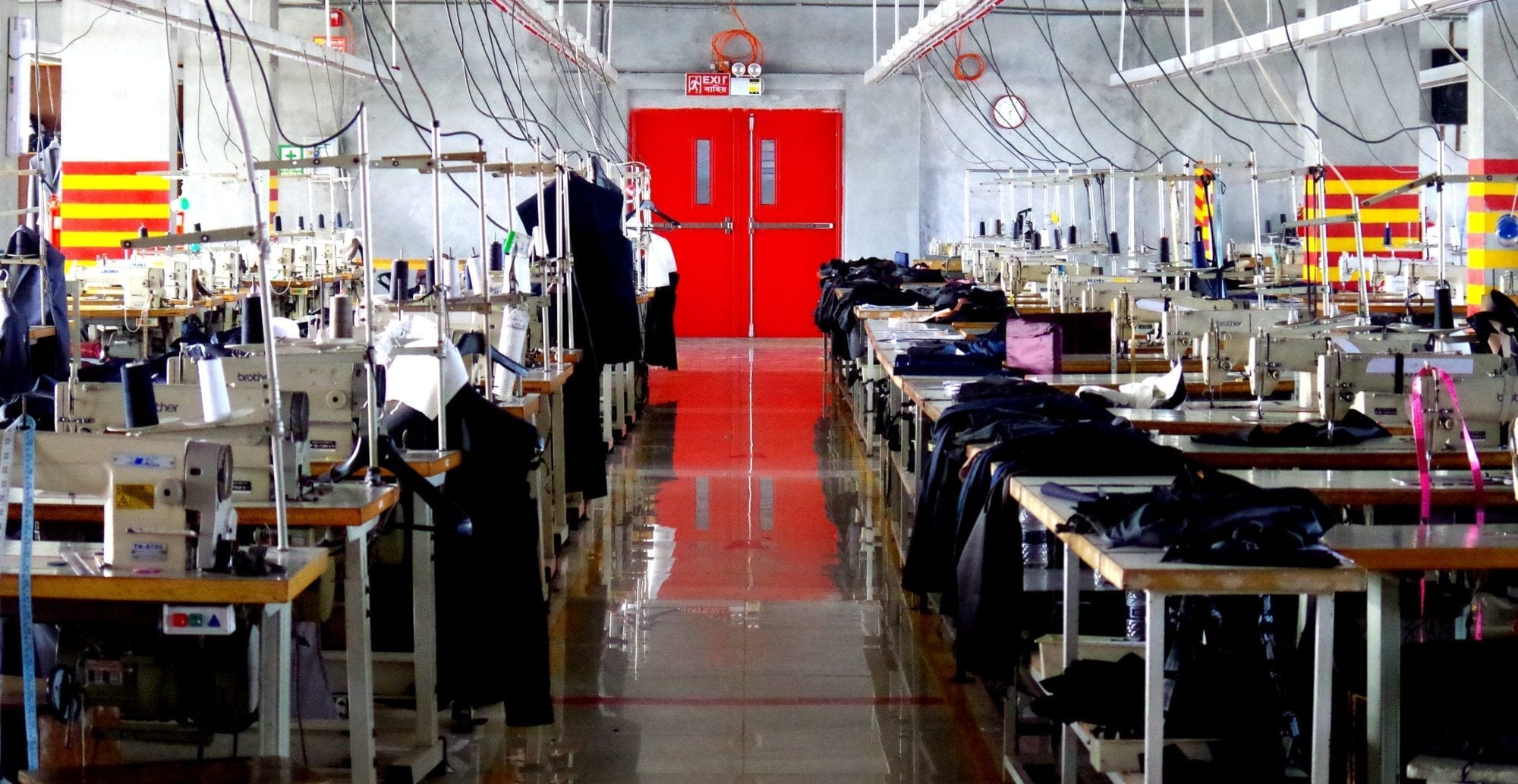Approximately 1 in 5 workers worldwide are employed in global supply chains. Millions of them do not have access to decent work and must endure long hours, low wages and hazardous working conditions.
The majority of people working for the world’s biggest multinational corporations are ‘hidden’ in subcontracted work around the globe. Without global rules governing supply chains, multinational corporations are rarely held accountable for violating worker rights in places around the world.
The Solidarity Center partners with unions and other organizations to educate workers about their rights on the job and to empower them with the tools they need to improve their workplaces together.
Learn more about the Solidarity Center’s work in the global garment industry
IN THE NAME OF FASHION

Garment workers in Gazipur, Bangladesh. Credit: Solidarity Center
DISASTER STRIKES TAZREEN
Poverty isn’t the only problem for garment workers. Hazardous working conditions and poor safety measures put the lives of millions of garment workers around the world at risk for the sake of fashion.
On November 24, 2012, a massive fire tore through the Tazreen Fashions Ltd. factory in Dhaka, Bangladesh, killing more than 100 garment workers and gravely injuring thousands more.
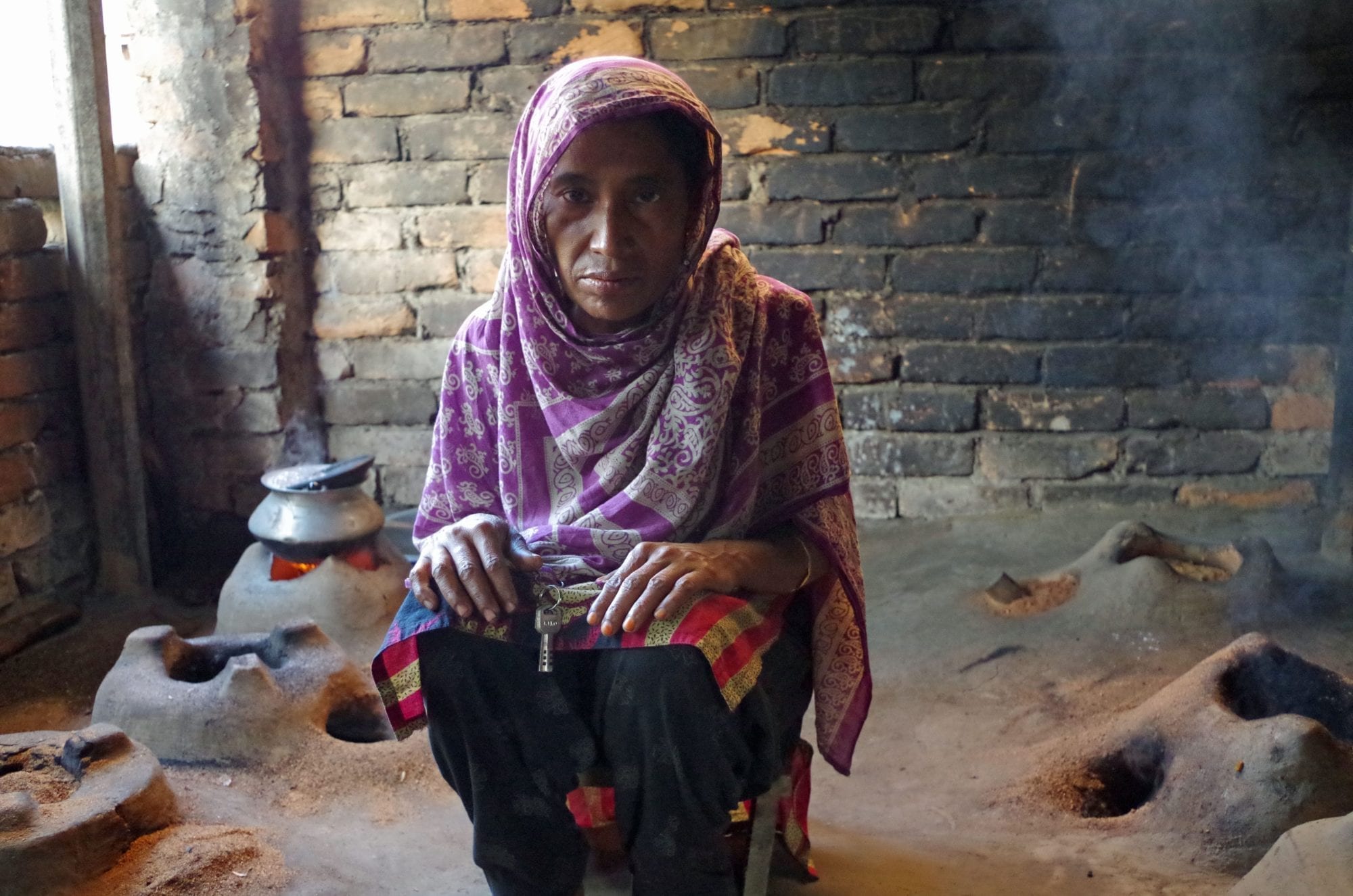
Anju, a Tazreen factory fire survivor, suffered severe injuries but never received compensation. Credit: Solidarity Center/Mushfique Wadud
Just five months later, more than 1,000 garment workers were killed and more than 2,500 were injured when the Rana Plaza garment factory building collapsed outside of Dhaka.
A structural engineer had already declared the building structurally unsafe and had demanded it be closed, but workers were told to show up anyways or else risk losing their jobs.
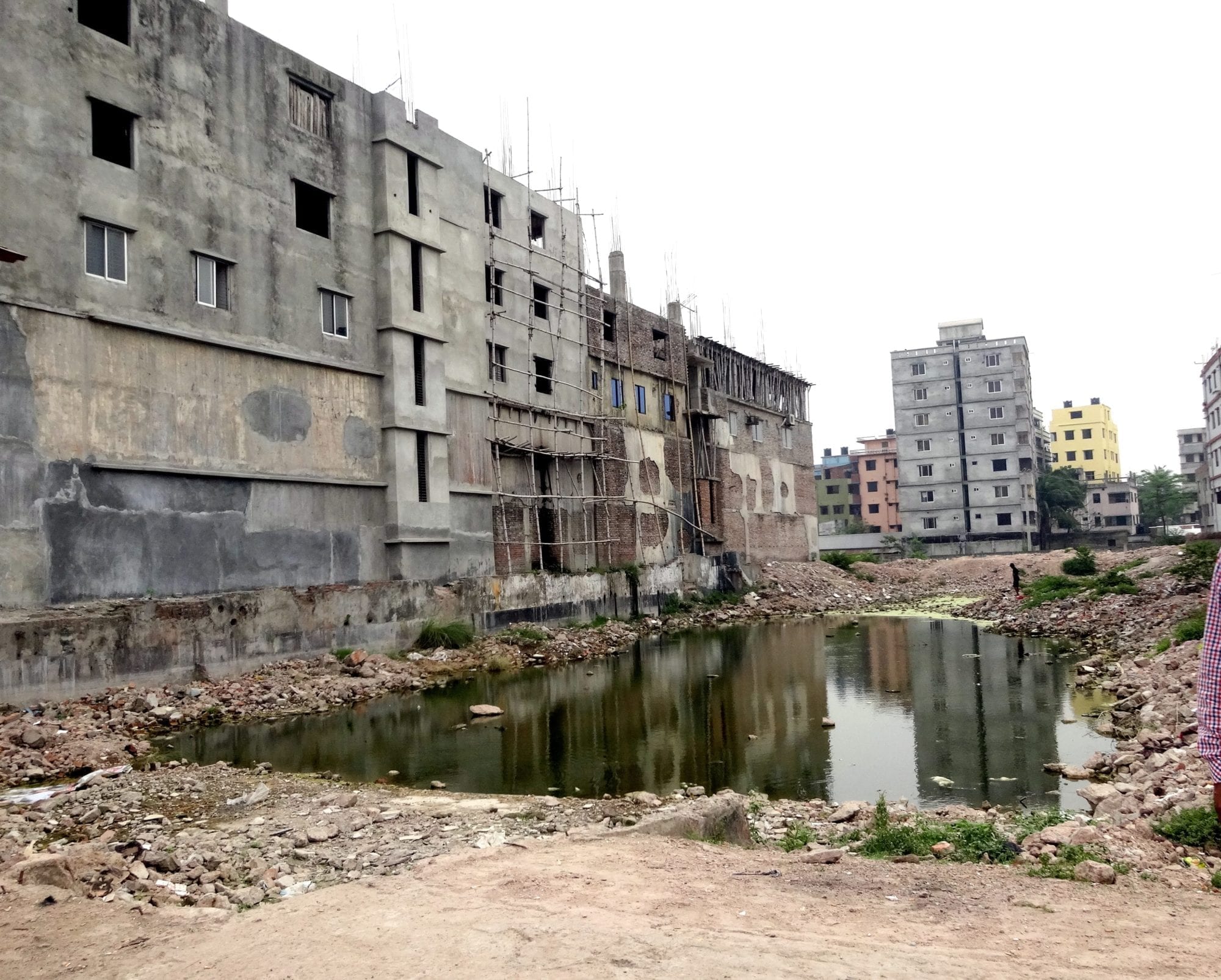
The site of the Rana Plaza building two years after it collapsed. Credit: Solidarity Center
While the Tazreen fire and the Rana Plaza collapse were catastrophic, they are not isolated incidents.
In the four years following Tazreen, fires, building collapses and other tragedies have killed or injured more than 4,800 garment workers in Bangladesh, according to data collected by the Solidarity Center.
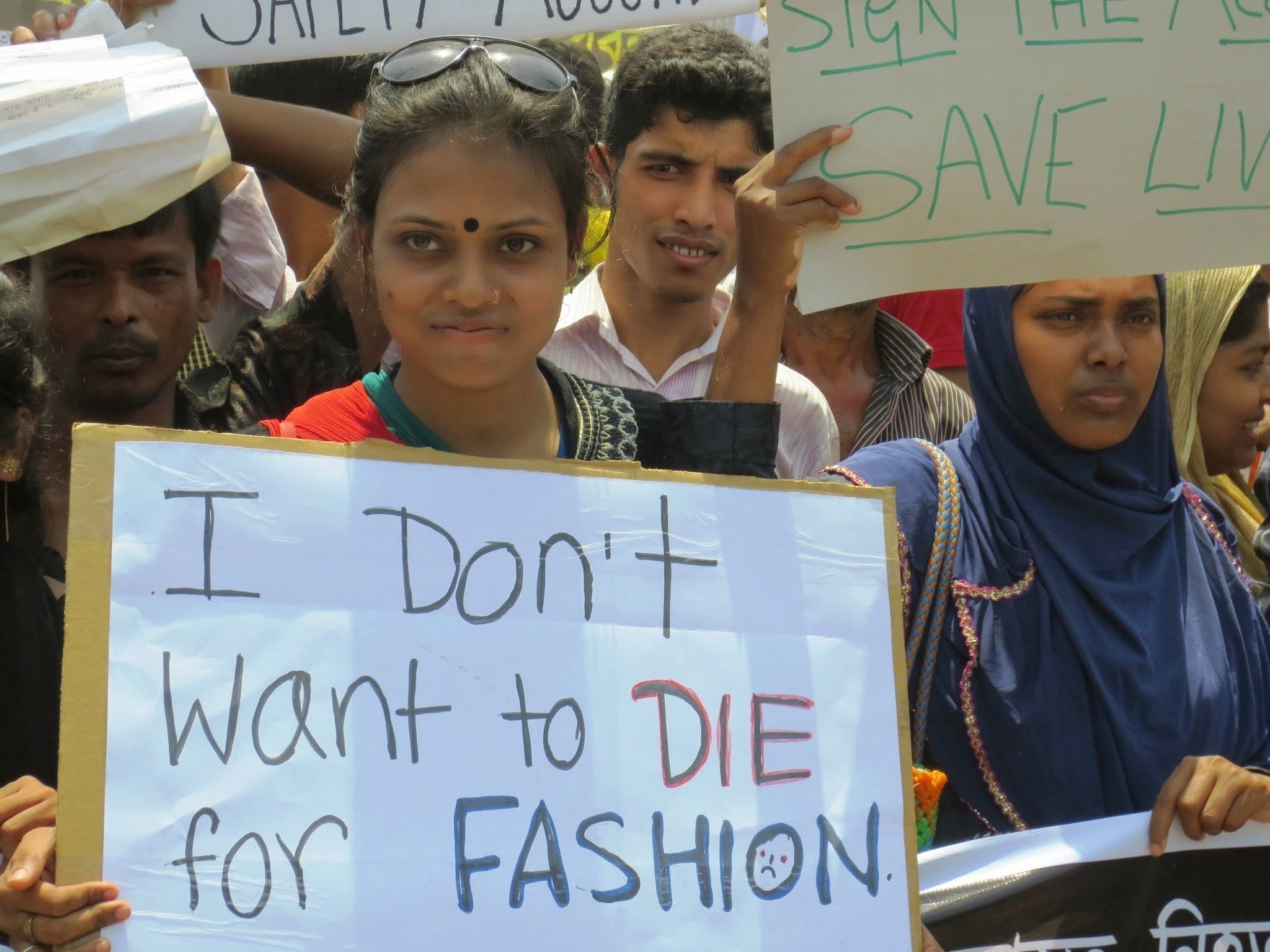
A young woman protests garment worker deaths in Bangladesh. Credit: Solidarity Center/Sifat Sharmin Amita
WORKERS DEMAND CHANGE
In the wake of these disasters, garment workers throughout Bangladesh are standing up for their rights to safe workplaces and living wages. Workers have staged rallies to demand that multinational corporations respect their human rights.
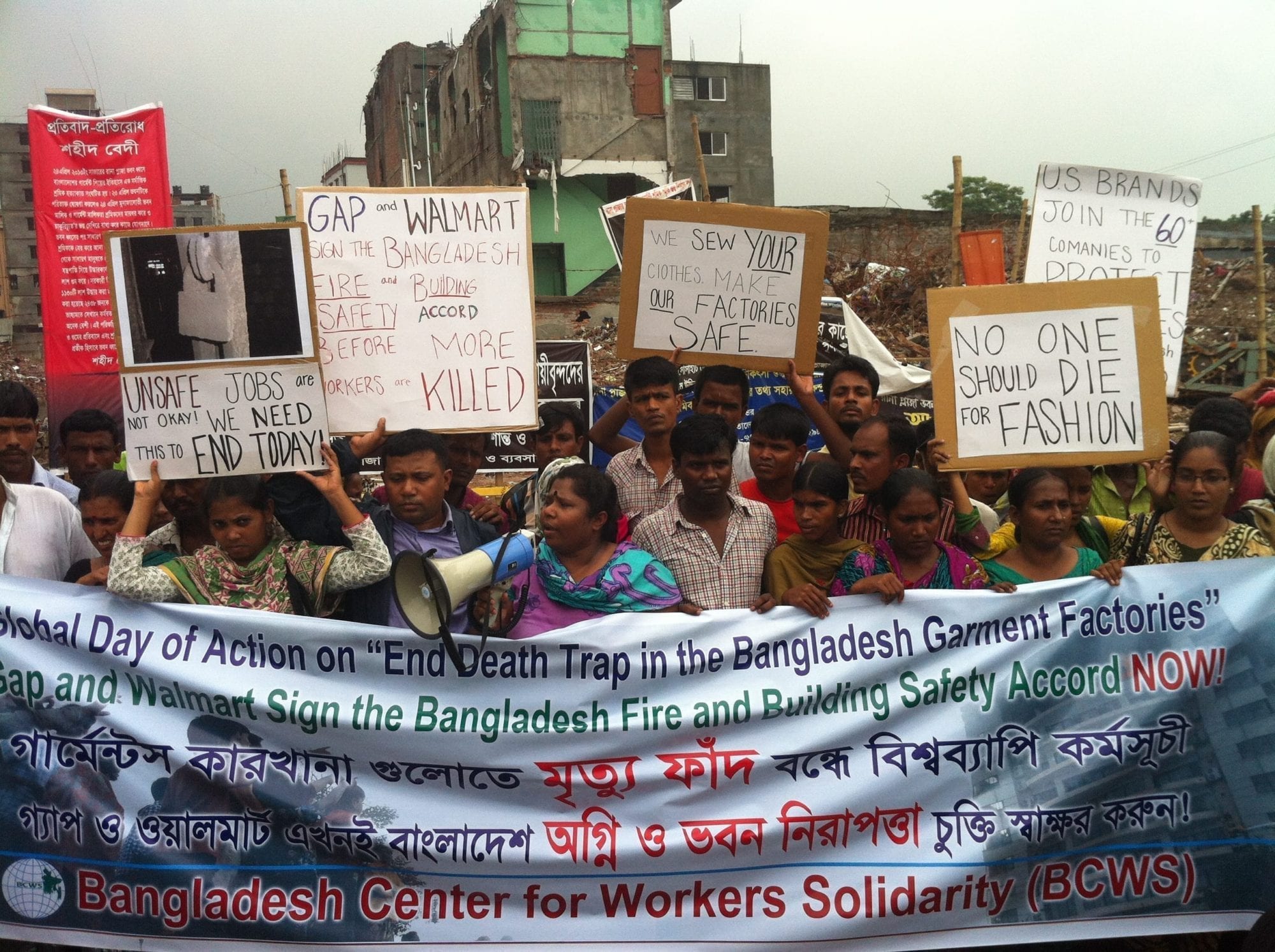
Tens of thousands of workers rallied on the one-year anniversary of the Rana Plaza disaster. Photo: Solidarity Center/Sifat Sharmin Amita
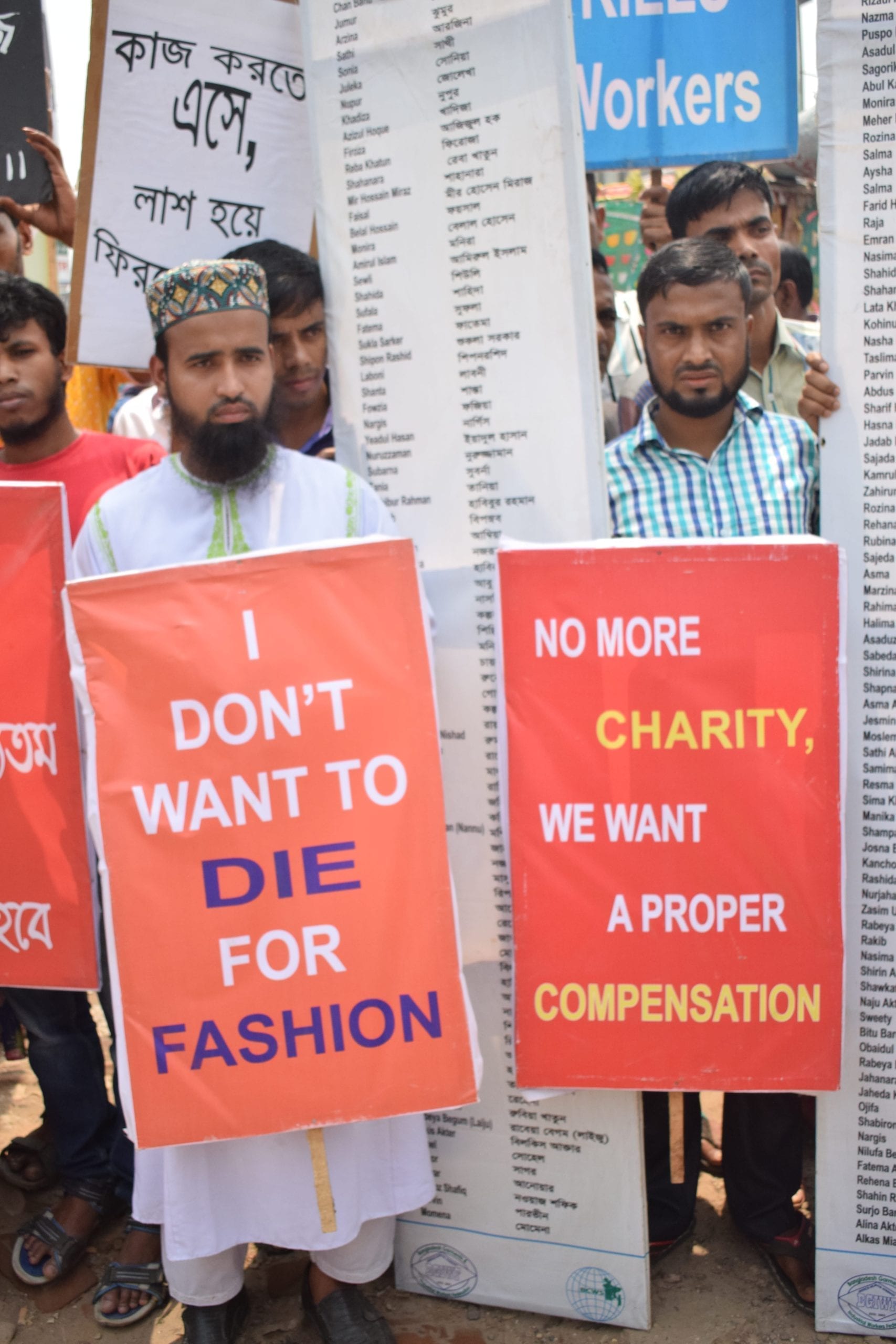
Workers and loved ones protest in Bangladesh at the Rana Plaza five-year anniversary rally. Credit: Solidarity Center/Musfiq Tajwar
The invisibility of garment workers and their struggles makes it difficult for them to hold big clothing brands accountable.</p> <p>The subcontracting process in global supply chains obscures human rights abuses and distances workers from the multinational corporations for whom they produce.
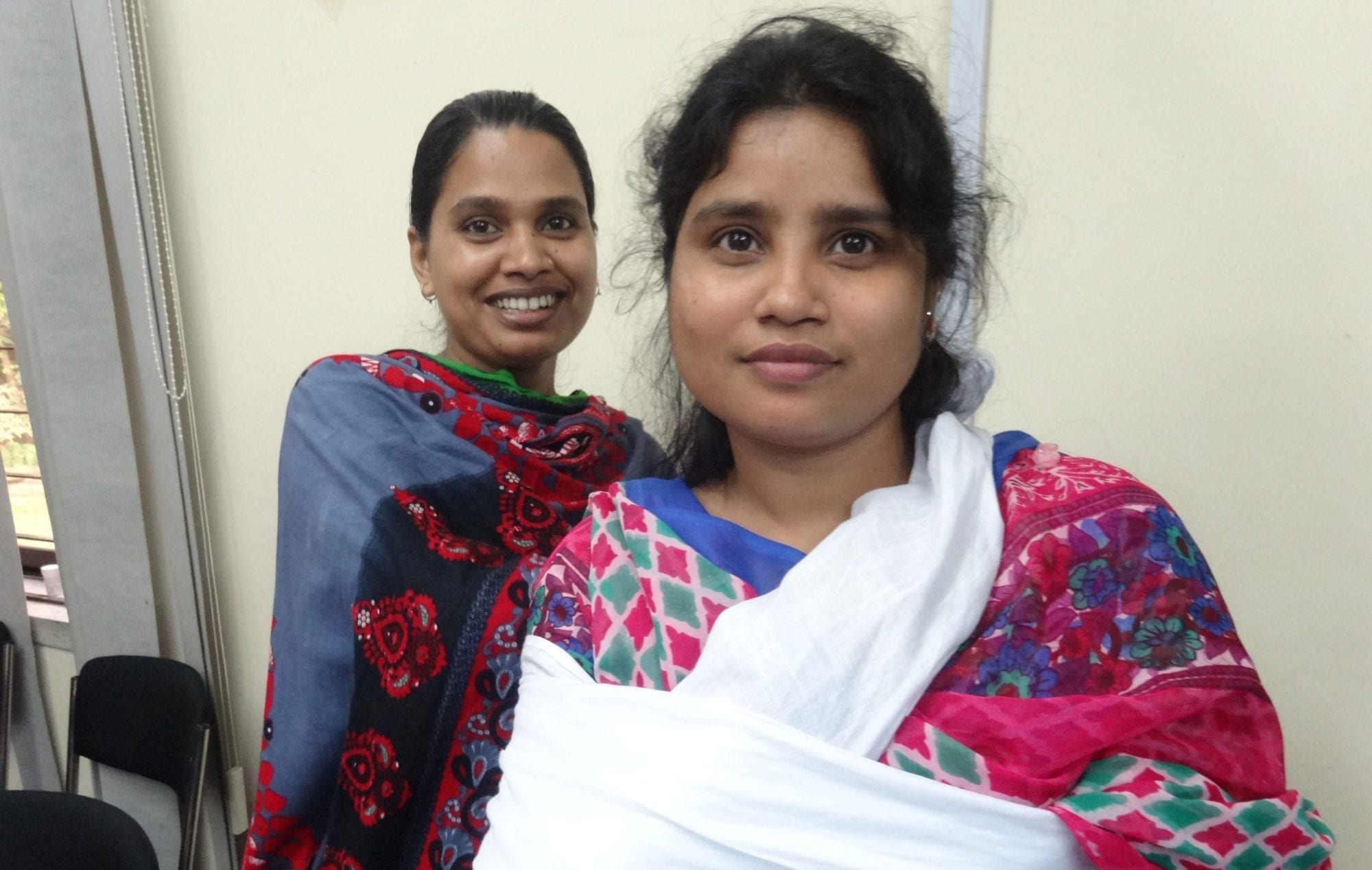
Credit: Solidarity Center/Rakibul Hasan
WORKERS STAND TOGETHER
Worker disenfranchisement also isolates individual workers and makes it harder for them to stand up for their rights. Garment workers who try to speak out about unsafe working conditions often fear retaliation from their employers, including violence, threats or even being fired.
Unions have helped to change that.

The Solidarity Center partners with numerous unions and worker associations in Bangladesh. Credit: Solidarity Center
UNIONS SAVING LIVES
Worker voices have yielded real results. The 2013 Accord on Fire and Building Safety in Bangladesh provides legally binding means for unions to hold multinational clothing brands accountable for protecting the lives and rights of workers in their supply chains.
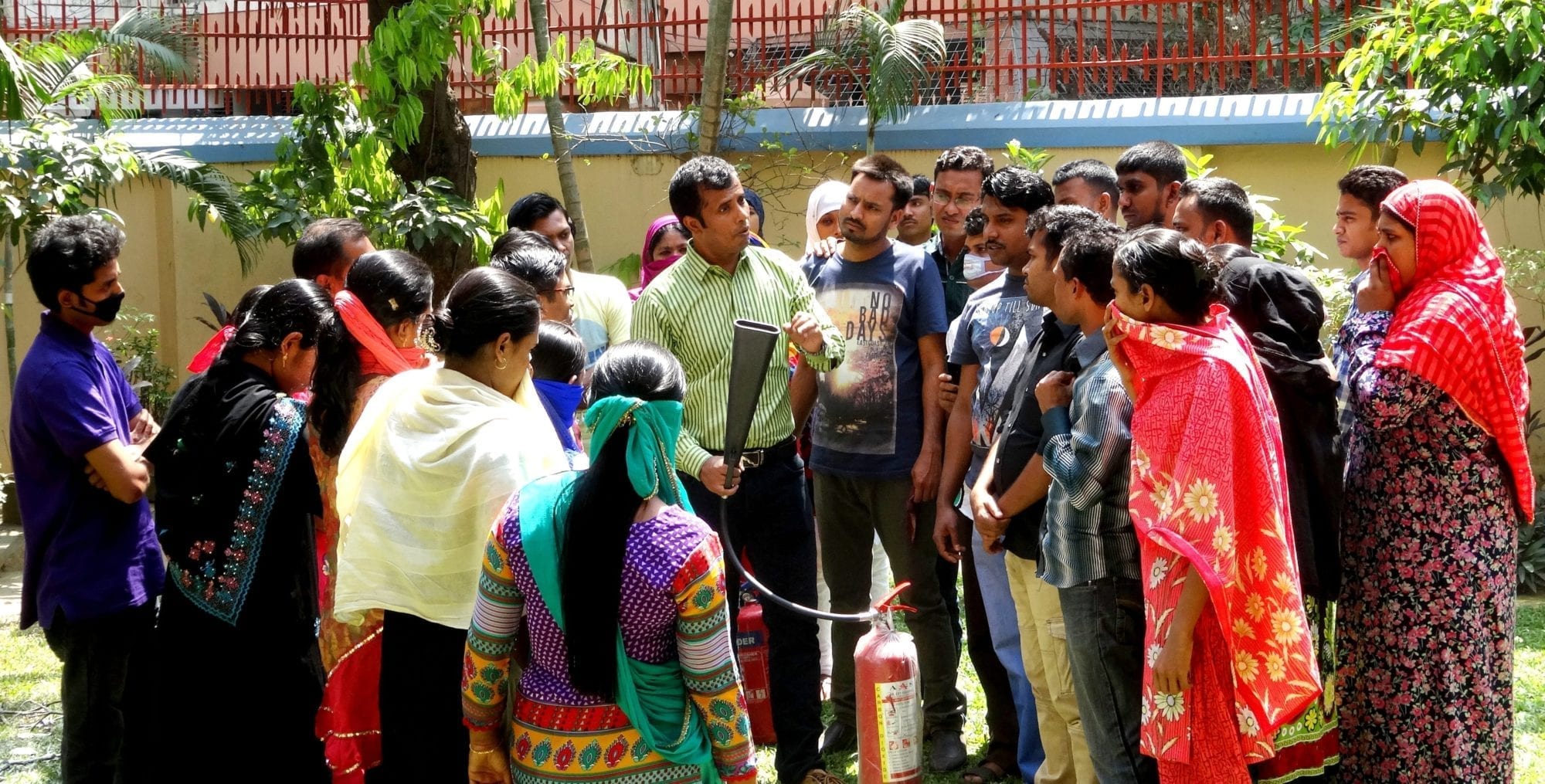
Union leaders participate in the Solidarity Center’s 10-week fire safety certification course. Credit: Solidarity Center
The Solidarity Center also provides training for workers, union leaders and factory managers to learn about fire and building safety codes, practice emergency response procedures and gain hands-on experience using fire extinguishers and other tools for saving lives.
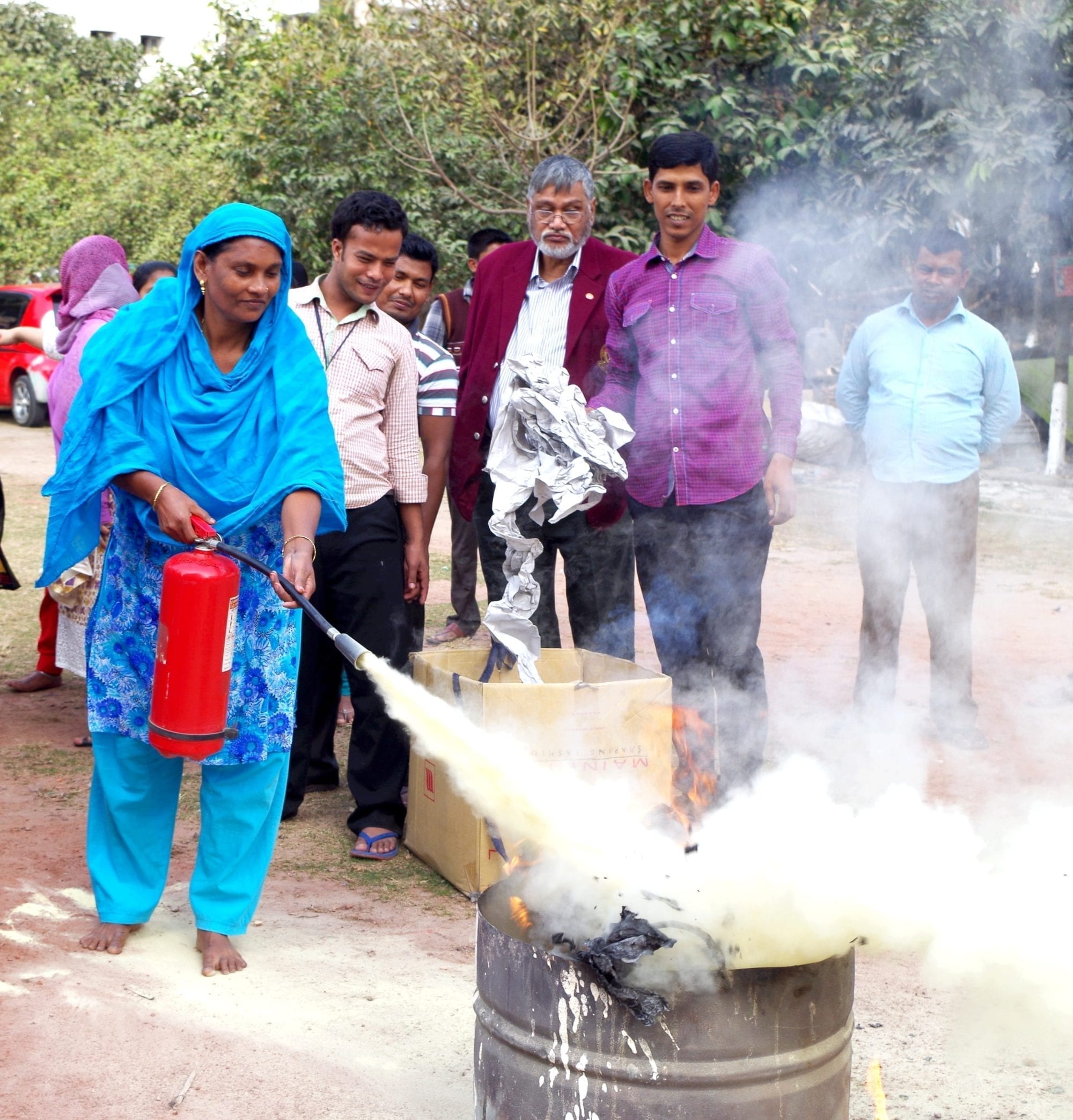
Garment workers learn fire safety and other measures to improve their working conditions. Credit: Solidarity Center
INVISIBLE NO LONGER
As workers strengthen their collective voice in their workplaces and beyond, their hard work, their lives and their humanity become visible once more.

Bipasha, Quality Inspector (bottom left). Rina, Operator (bottom right) . Ratan, Tailor (top right). Credit: Solidarity Center

Mahfuza, Assistant Operator (top right). Sharifa, General Operator (bottom right). Credit: Solidarity Center
To learn more about garment workers in global supply chains and how the Solidarity Center supports them, visit solidaritycenter.org.

